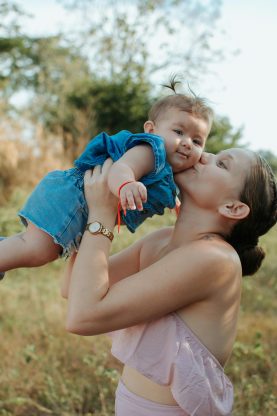Table of Contents
Establishing clear communication with parents
One of the most important safety procedures for babysitters is establishing clear communication with the parents of the children they are watching. Before the parents leave, make sure to discuss any important information such as allergies, medications, bedtime routines, and emergency contacts. It is also helpful to ask the parents about any specific rules or preferences they have for their children, so you can ensure consistency in your care. In addition, make sure to exchange contact information with the parents in case of emergencies or if they need to reach you while they are away.
On-Demand Childcare in Your Neighborhood
Book a Sitter
Creating a safe environment
Creating a safe environment is essential for the well-being of the children you are babysitting. Before the parents leave, take a few minutes to do a safety check of the home. Make sure that all doors and windows are locked, and that there are no hazards such as sharp objects or small toys that could pose a choking hazard. It is also important to familiarize yourself with the layout of the home, including where the first aid kit is located and where important items such as fire extinguishers are kept. By creating a safe environment, you can help prevent accidents and ensure that the children are protected while under your care.
Knowing emergency procedures
As a babysitter, it is crucial to be prepared for emergencies that may arise while you are watching the children. Make sure to ask the parents where the nearest hospital or urgent care facility is located, and familiarize yourself with the quickest route in case you need to seek medical attention. It is also important to know basic emergency procedures such as what to do in case of a fire or severe weather. In addition, make sure to have a list of emergency contacts on hand, including the parents’ contact information, as well as the contact information for other family members or neighbors who can assist in an emergency situation.

Basic first aid knowledge
Having basic first aid knowledge is essential for babysitters in case of accidents or injuries. Make sure to familiarize yourself with basic first aid procedures such as CPR, choking rescue, and how to treat minor cuts and burns. It may also be helpful to take a first aid certification course to learn more advanced skills in case of emergencies. In addition, make sure to have a first aid kit on hand with essential items such as bandages, gauze, antiseptic wipes, and adhesive tape.
By having basic first aid knowledge and supplies, you can respond quickly and effectively to any medical emergencies that may occur while babysitting.
Childproofing the home
Childproofing the home is another important safety procedure for babysitters to ensure the safety of the children they are watching. Make sure to remove any small objects that could pose a choking hazard, such as coins or small toys, and secure cabinets and drawers that contain harmful substances such as cleaning supplies or medications. It is also important to be mindful of hazards such as electrical outlets, cords, and sharp corners, and take steps to prevent accidents. By childproofing the home, you can create a safe environment for the children to play and explore while under your care.
Conclusion
Overall, being a babysitter comes with a great deal of responsibility, especially when it comes to the safety and well-being of the children you are watching. By following the essential safety procedures discussed in this article, such as establishing clear communication with parents, creating a safe environment, knowing emergency procedures, having basic first aid knowledge, and childproofing the home, you can provide the best possible care for the children under your supervision. Remember, it is always better to be prepared for any emergencies that may arise, so take the time to familiarize yourself with safety procedures and guidelines before babysitting. By prioritizing safety and being vigilant, you can ensure that the children you are watching are well-cared for and protected.










